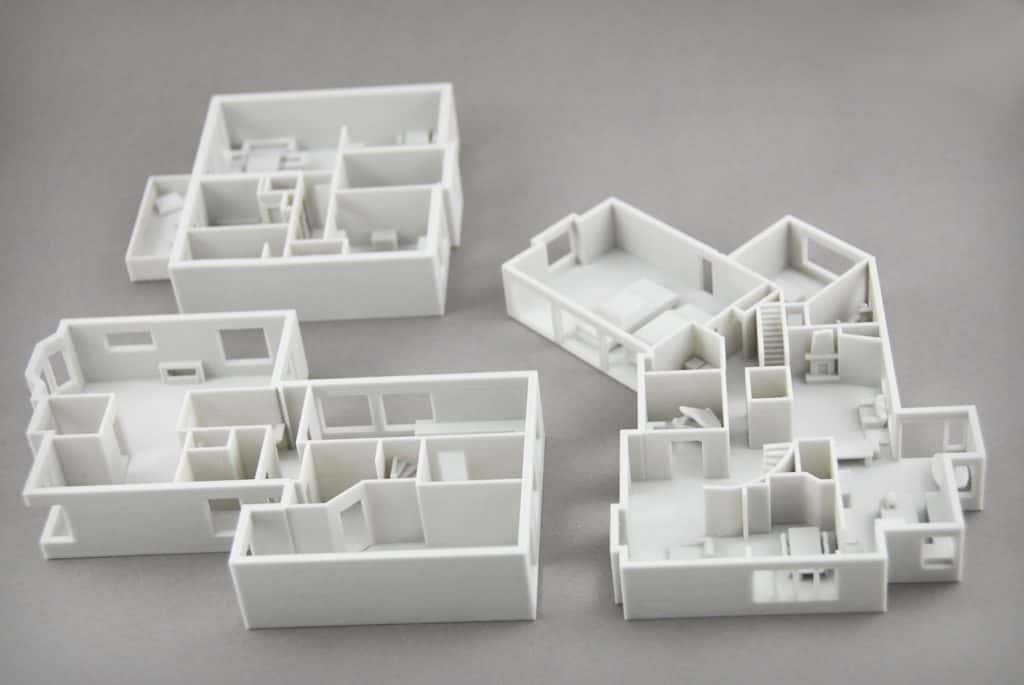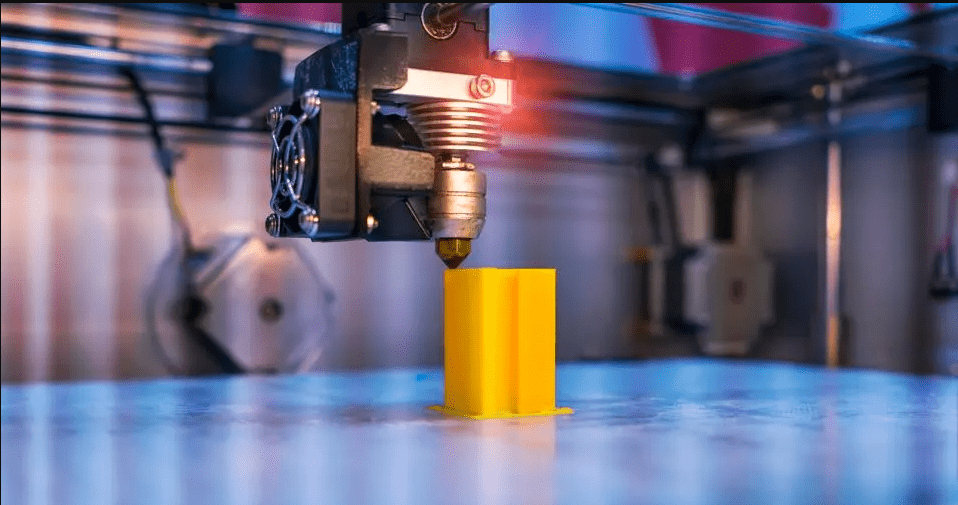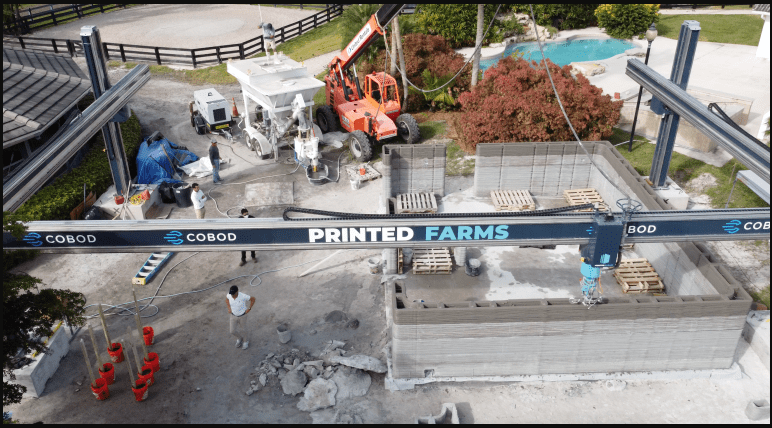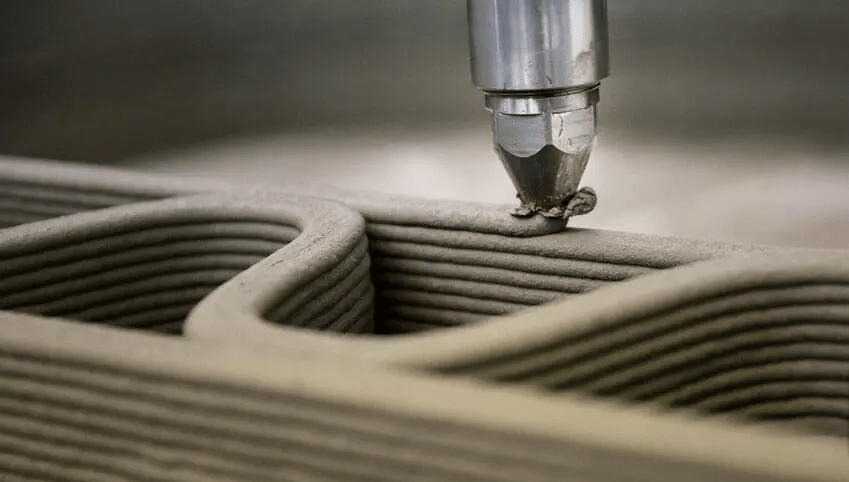3D printing is one of the most remarkable technological advancements of the 21st century. The global market value in 2021 amounted to USD 190 million, and by 2030, this number is projected to rise to USD 680 million. The exceptional growth is propelled by some important factors, which include growing concerns in the industry about environmental sustainability. The technology has an alluring potential for customization and architectural adaptability, as well as a remarkable ability to produce models and prototypes quickly.
The ongoing development of 3D Printing technology helps unlock an ever-expanding realm of opportunities and drives increased adoption and robust growth. The Compound Annual Growth Rate (CAGR) of 91.5% by 2028, which is a significant surge compared to the benchmark year of 2021. The construction industry is going through a seismic shift. The creative use of 3D printing is altering the industry. This is revolutionizing the construction industry. We will examine the groundbreaking use of 3D Printing in construction.
1. Architectural Models:

For a long time, architects have relied on physical models to bring their vision to life, and though traditional model-making is a skilled process, 3D printing has helped revolutionize this aspect of architectural design. Architectural modelling is the primary application of 3D printing in the construction industry that resolves the process of visualizing and refining building designs.
It helps architects create intricate and precise models that offer tangible representations of their designs. These models are useful for clients as they can visualize the final product, foster better communication, and hence understand the design phase.
2. Prototypes:
The development of prototypes is an important step in construction projects, and traditionally, fabricating the prototypes was a very time-consuming procedure. It’s an expensive affair as well. Now, 3D printing has resolved this, and it helps in the rapid production of prototypes that can be tested and refined swiftly. Whenever a new construction material is introduced or any special component is released, 3D printing improves innovation and problem-solving.
3. Formwork Solutions:

Formworks help create molds for concrete structures, and it is an important aspect of construction. For creating complex formwork, 3D printing offers innovative solutions quickly. Architects and engineers can design intricate and accurate formwork templates that are tailor-made for each project. This precision helps streamline the concrete pouring process and also minimizes the waste of material and construction time.
4. Buildings:
One of the most groundbreaking applications of 3D printing in construction is that it helps in the creation of entire buildings. This technology has redefined the way we think about construction. Large-scale 3D printers are capable of constructing complete structures layer by layer. This method helps reduce construction time and labor costs while minimizing material waste. In 2019, a 3D-printed building in Dubai was completed in just two weeks, showcasing the potential for rapid construction.
5. Structural Components
The structural components in the construction projects must be made to order. Historically, these items were handmade or produced in far-off factories. These components can be produced through 3D printing on-site or in close buildings to cut down on transportation costs and delays. 3D printing offers versatility and accuracy to produce structural pieces, which include support beams, connectors, or complex trusses.
Conclusion:
We can see that there are many advantages of 3D Printing in Construction and it helps streamline processes, improves precision, and minimizes expenses in construction. 3D printing applications in the construction world extend to architectural modeling, and it has simplified the transition from digital concepts to tangible models.
As technology evolves, there are going to be more groundbreaking developments. 3D printing is not the future of construction; it is the present and offers many limitless possibilities that will transform in the future.




